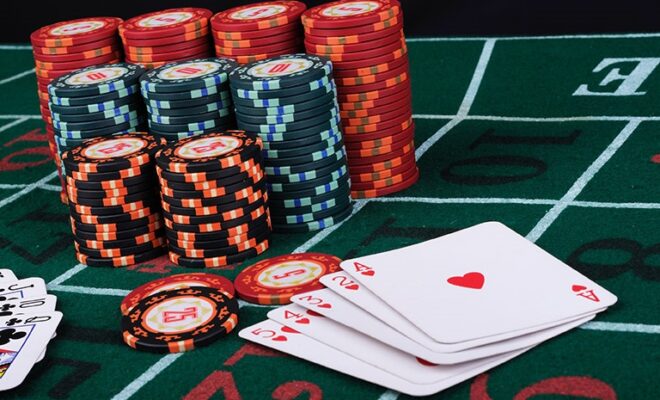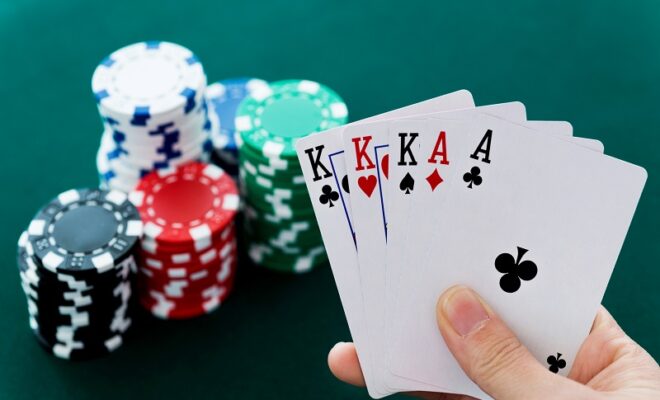Do popular betting systems improve your chances?

Betting systems have long attracted gamblers seeking that elusive edge over the house. These methodologies promise to transform random gambling outcomes into structured profit opportunities through specific betting patterns. Players continue embracing these systems despite mathematical evidence questioning their effectiveness. Many gamblers visit https://twareekh.com/ searching for betting systems that might give them an advantage. The psychological comfort of following a predefined strategy often proves valuable for managing gambling sessions, even if the underlying mathematics doesn’t change the expected return over time.
Double or nothing trap
The Martingale system is the most famous betting strategy, instructing players to double their bet after each loss until eventually winning. This approach creates the illusion of guaranteed profit since a win recovers all previous losses plus a small profit equal to the initial stake. Table limits eventually make progression impossible during extended losing streaks, while the exponential growth of bet sizes quickly threatens even substantial bankrolls. A player starting with a modest $10 bet would need to wager $640 after six consecutive losses – a sequence that occurs regularly in games like roulette. The mathematical reality remains unchanged: each bet still carries the same house edge regardless of previous outcomes or bet sizing.
Riding the hot streak
Positive progression systems take the opposite approach from the Martingale, increasing bets after wins instead of losses. These methods aim to capitalize on winning streaks while limiting exposure during downswings. Popular variations include:
- The Paroli system requires tripling bets after wins, then resetting after three consecutive victories
- The 1-3-2-6 method follows a specific betting sequence during winning streaks to maximize returns
- The Parlay approach reinvests both stake and winnings after each successful bet
These systems appeal through their conservative approach to bankroll management and focus on capitalizing on natural winning sequences. However, they still operate within games where mathematical house edges remain fixed regardless of betting patterns.
Math never blinks
The mathematical foundations of casino games present inescapable truths about betting systems and their limitations. The house edge persists regardless of betting patterns, meaning no combination of bet sizes can overcome the built-in advantage casinos hold. This reality applies to:
- Roulette, where European wheels maintain a 2.7% house edge on every spin
- Blackjack, which offers approximately 0.5% house edge even with perfect basic strategy
- Baccarat, featuring around 1.06% house advantage on banker bets
- Craps, where pass line bets give the house approximately a 1.41% advantage
The unchangeable mathematics means that all betting systems eventually produce results aligned with the game’s built-in house advantage over sufficient trials. Short-term results may vary, but long-term expectations remain mathematically predictable despite betting patterns.
Discipline by design
While betting systems cannot overcome house edges, they often provide valuable bankroll management frameworks that improve overall gambling experiences. Structured approaches help players:
- Set clear stopping points for both winning and losing scenarios
- Maintain discipline during emotional gambling moments
- Track results more effectively across multiple sessions
- Allocate gambling funds systematically rather than haphazardly
These benefits explain why many successful gamblers continue using betting systems despite understanding their mathematical limitations. The structure brings value beyond the specific progression patterns by enforcing disciplined play. The distinction between mathematical advantage play and systematic betting progressions remains critical for players seeking genuine improvements to their gambling results. Difference helps players focus on approaches that genuinely improve their chances rather than systems that reorganize the exact mathematical expectations into different patterns.









